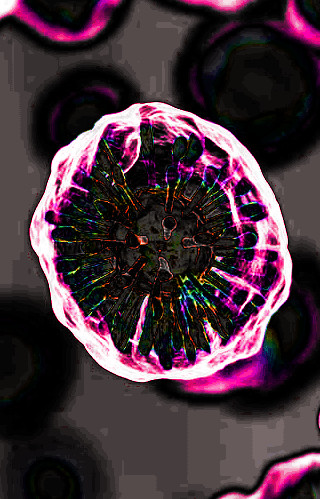Key insight on malaria action
 Research has unravelled a significant aspect of how malaria parasites breach human red blood cells.
Research has unravelled a significant aspect of how malaria parasites breach human red blood cells.
A new study shows the pivotal role of a sugar called sialic acid in the invasion process, and could revolutionise vaccine and drug development strategies against malaria.
The disease remains a global scourge, killing over half a million people every year.
The new research sheds light on the interactions of the cysteine-rich protective antigen (CyRPA) with sialic acid on red blood cells, a crucial step in the parasite's invasion.
“We are now demonstrating that P. falciparum CyRPA binds to a specific carbohydrate structure present on the red blood cell surface,” says Professor Gerd Pluschke of the Swiss Tropical and Public Health Institute (Swiss TPH), co-corresponding author.
The specificity of CyRPA for a glycan ending in sialic acid is a big part of its potential as a target for novel vaccine and drug interventions.
Professor Michael Jennings from the Institute for Glycomics has highlighted the evolutionary implications of the findings.
“Humans differ from other primates because they can only produce one type of sialic acid, called Neu5Ac. This genetic variance has long been thought to contribute to the species-specific targeting by malaria parasites,” he said.
The preference of P. falciparum for the human form of sialic acid, Neu5Ac, could explain the parasite's adaptation to humans.
While vaccines targeting the pre-erythrocytic stages of P. falciparum exist, their efficacy is moderate.
There is currently no registered vaccine for the blood stage of malaria. Professor Pluschke says CyRPA could be a blood stage vaccine target.
The full study is accessible here.








 Print
Print